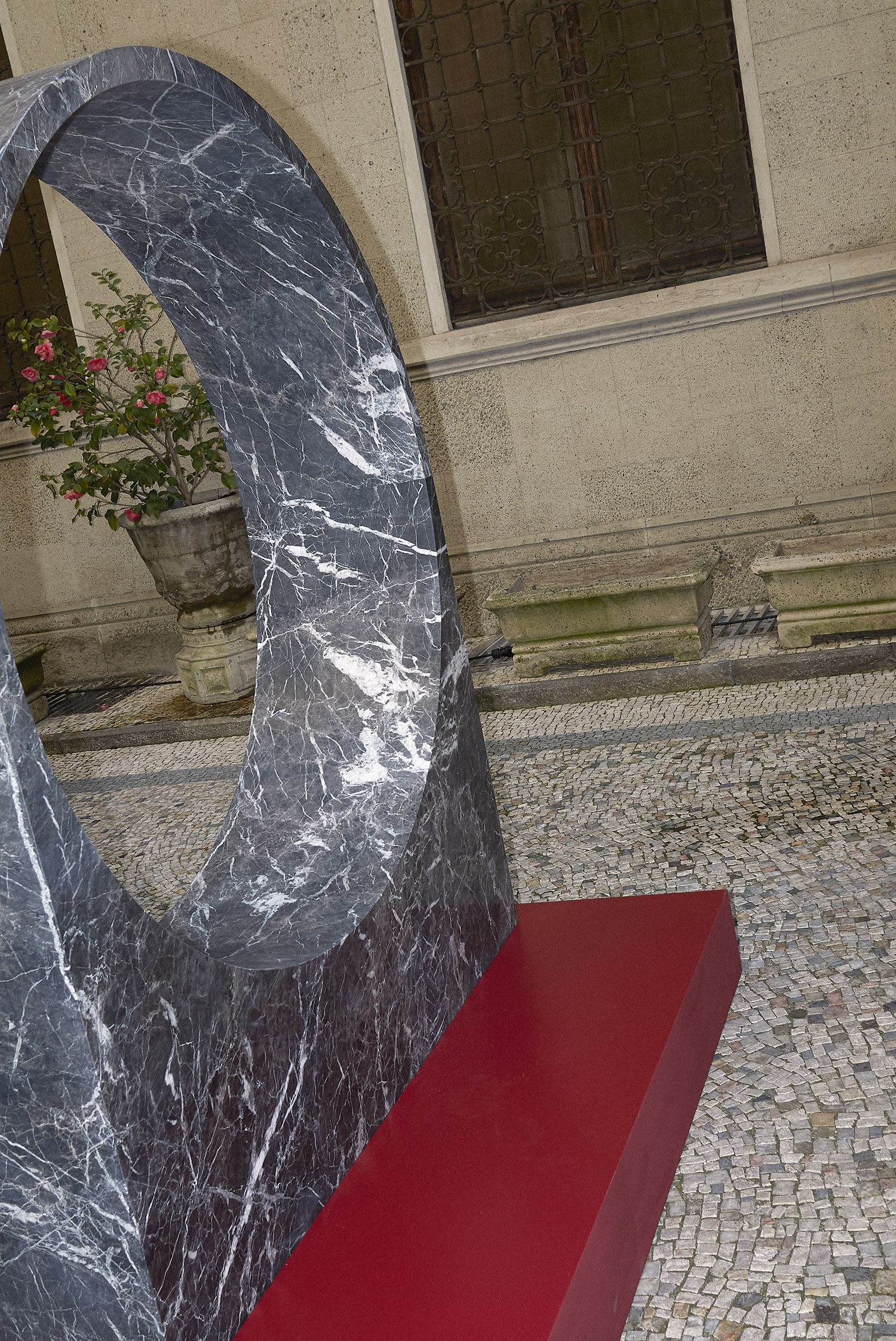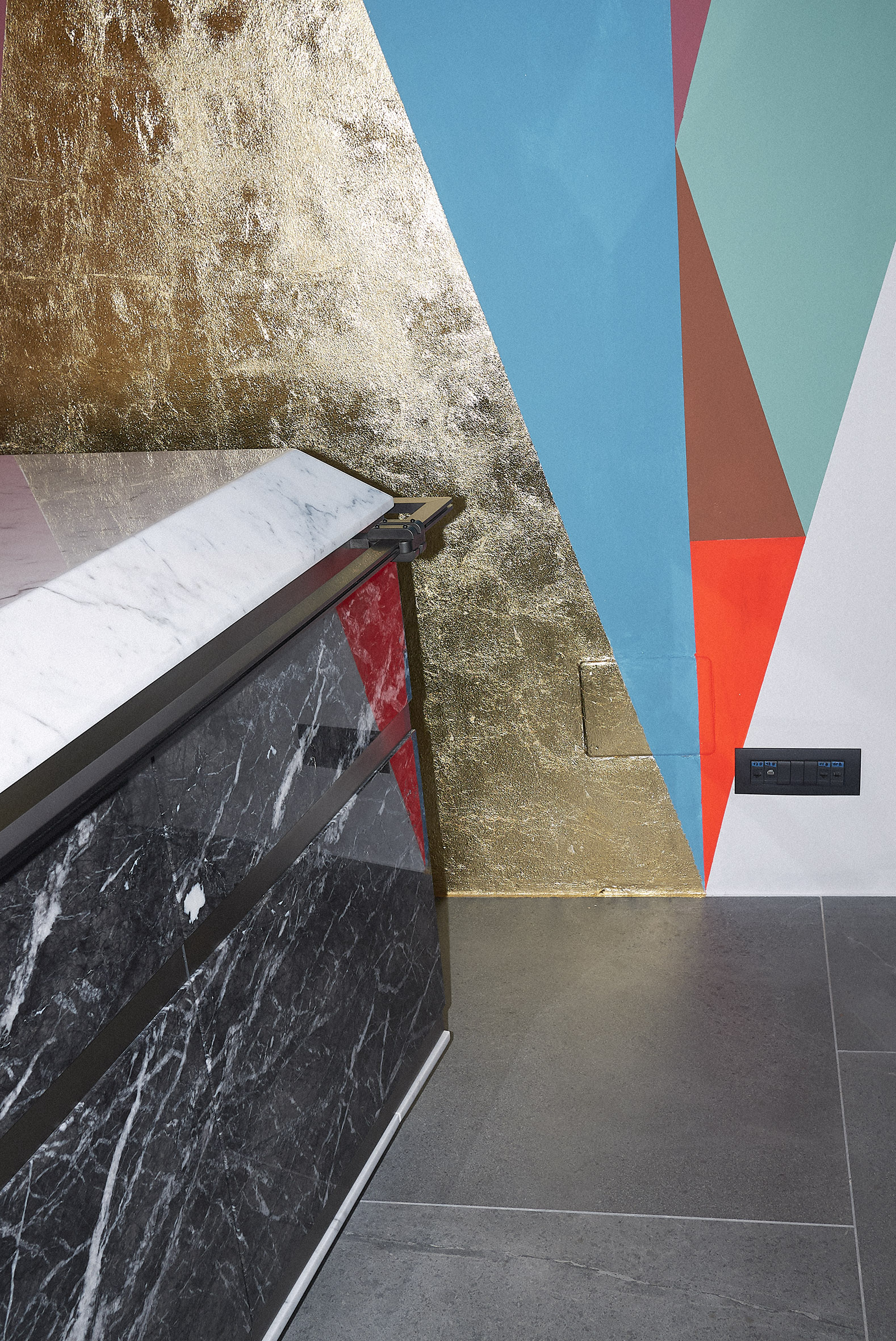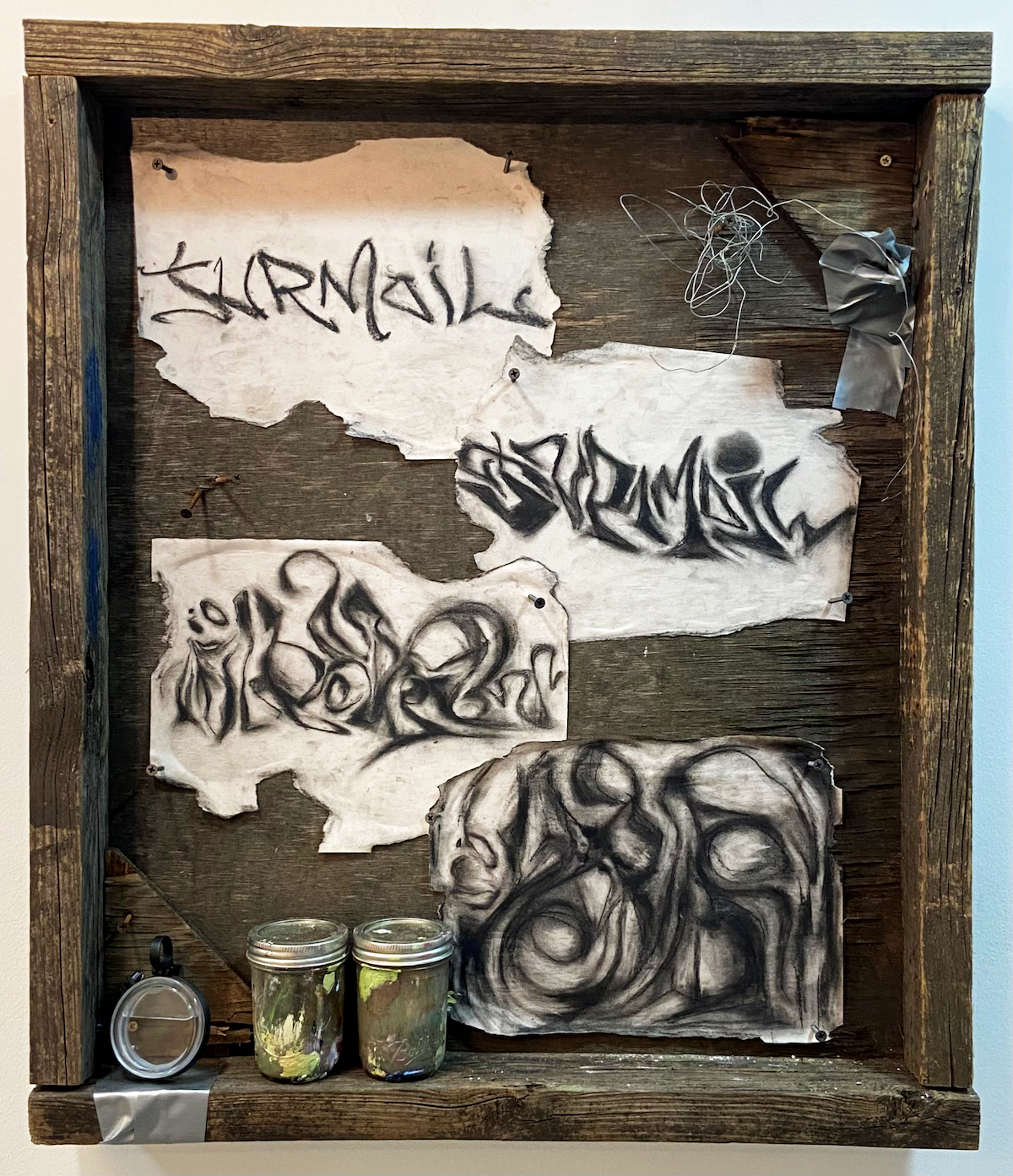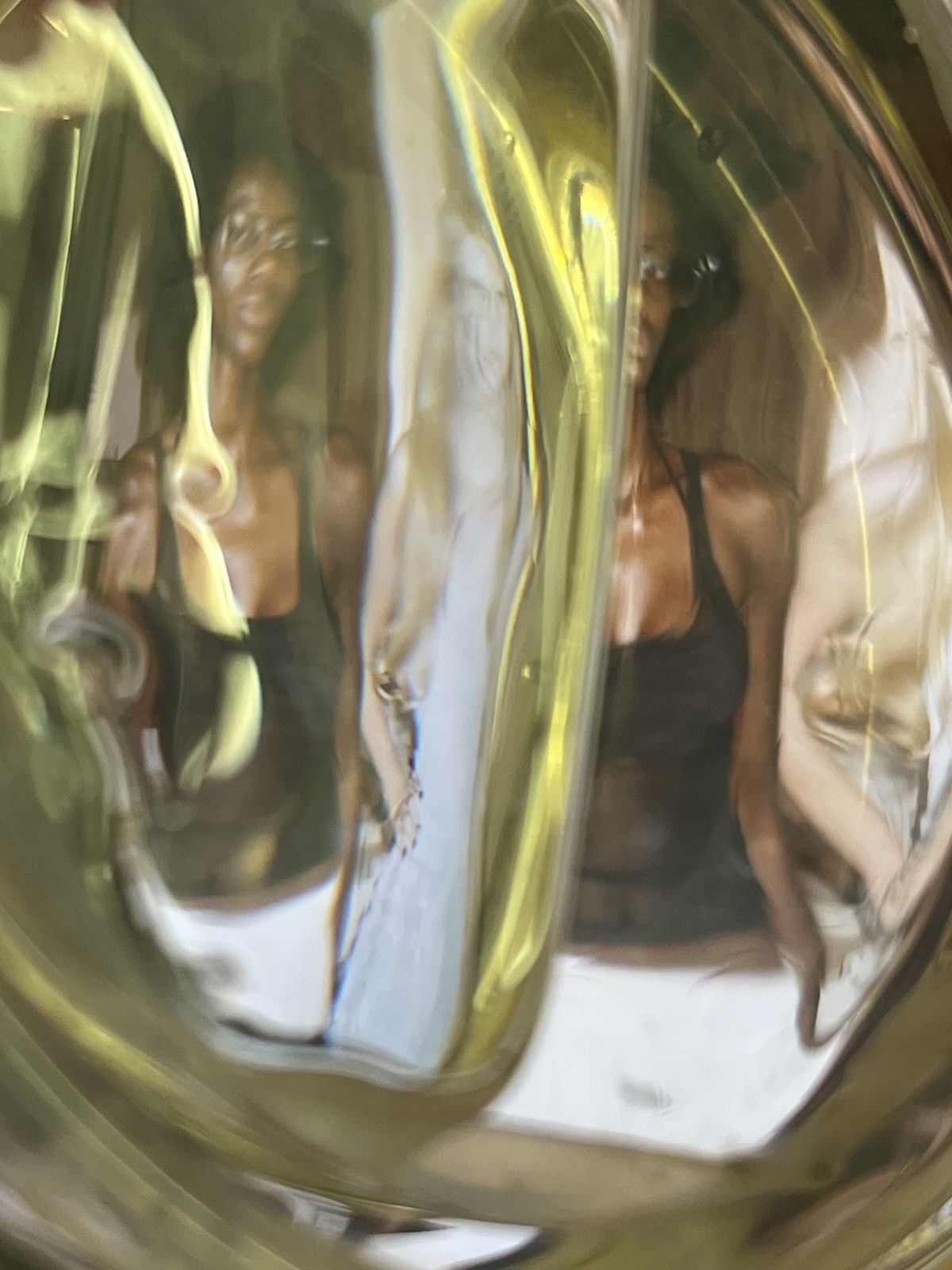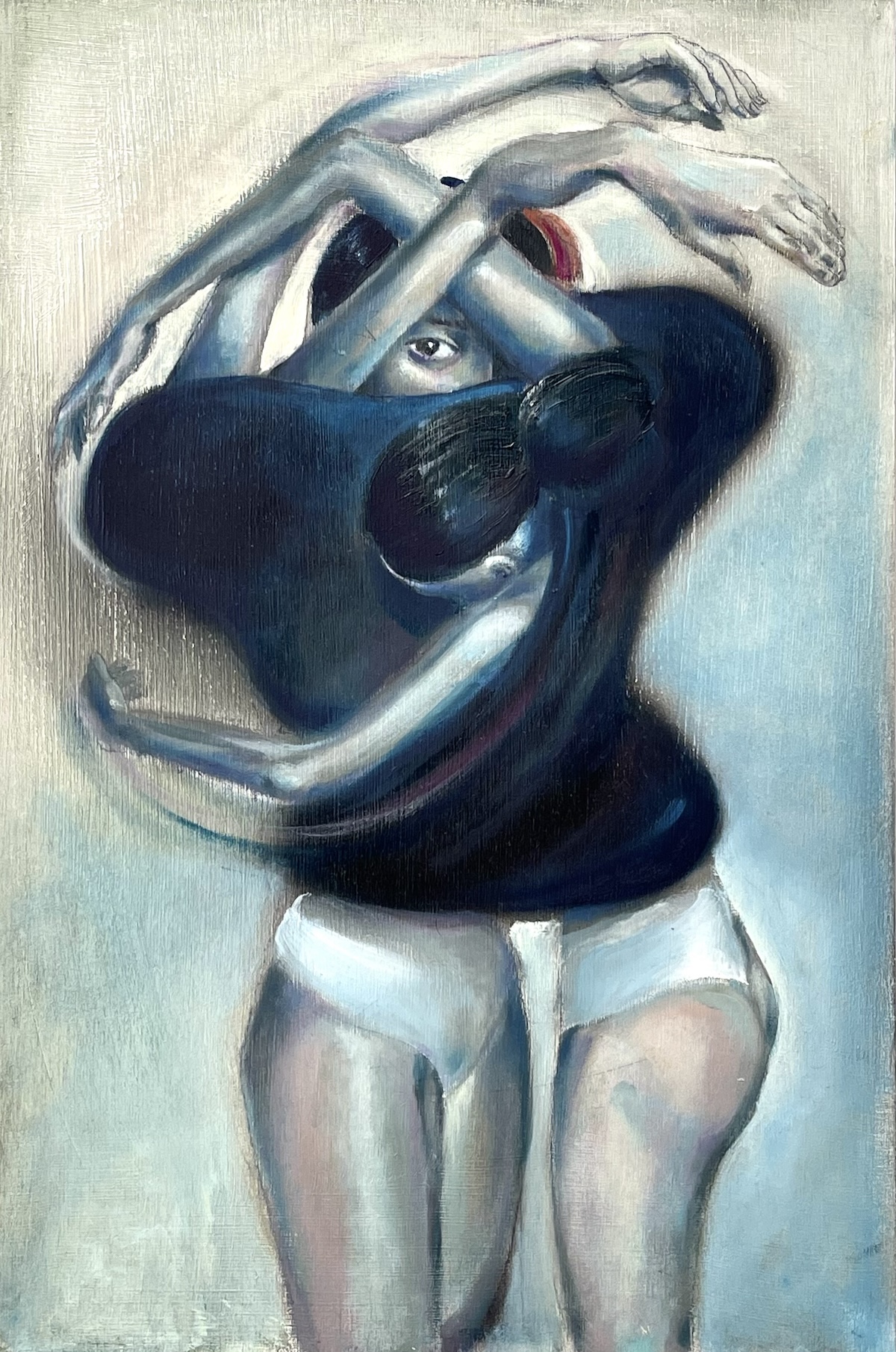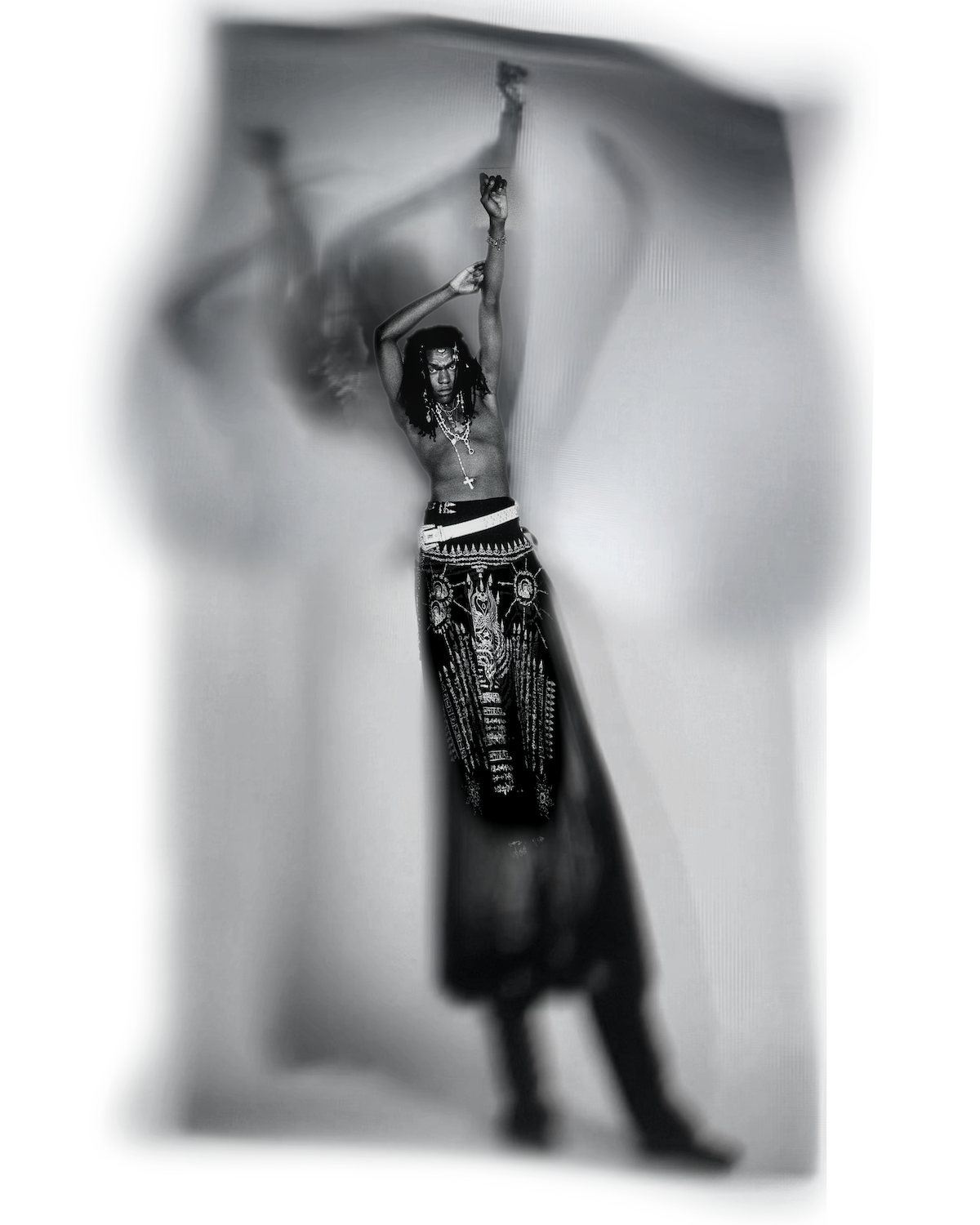Alongside all of the pieces was an element of the artistic process. This addition is heavily due to the curator's interest and love for understanding the methods used to arrive at the final product the viewer sees. At the show's end, Zal was able to give office some deeper context into the process of Samsara.
When did the idea for this show begin to unfold and why?
ZD: The creation of the lens began a year ago as I experimented with various textures to layer onto my digital photography. While analog grain will always be the most romantic, the environmental impact—from material shipping to plastic containers and the chemicals used in film development—makes film too wasteful for regular use. In my search for new textures, these lenses were created. Though I’m hesitant to call these lenses eco-friendly, they are far less wasteful than film which in turn creates textures that feel more relevant to today’s world." After the long process of creating the lenses, the idea for the show emerged from my desire to share a physical product in a tangible setting and inspire other artists to explore and incorporate the lenses into their own practices. Too often, artists unveil work on social media, only for it to fade after seconds. Like a musician’s album release party, I wanted a live event where people could feel the work’s energy and understand the process. These lenses are like adult toys— from Cameron Gonzolez Williamson’s CRT livestream distorted lens window display to co-designer and engineer Luciano Picone’s desk with lenses for hands-on exploration, we aimed to make this exhibition as interactive as possible.
How did you choose this group of artists for the show? In what ways do you all complement each other?
ZD: I have always been confident in my taste. From the visual artists whose works make up the show to the musicians who closed the event, I knew that if I curated artists I genuinely admired, it would resonate with everyone. So, in selecting artists, I reached out to those who, over my three years in NYC’s art scene, have deeply inspired my personal practice, in both aesthetic and philosophy. My taste being highly eclectic, brings a mix which enhances the show's aim to showcase the fluid versatility of the distortion lenses across artistic mediums. What unites the work is the use of the distortion lenses as well as the already surreal nature of many of the artists’ work. I included artists with both fast and slow creative flows to reveal the distortion lenses' range — from quick inspirations that can be recreated digitally to meticulous frame-by-frame analog work. Ultimately, I curated a show which I am a fan of, celebrating both the artists and the dynamic possibilities of these lenses.
What brought on the interest in the Hindu concept of the cycle of birth, death, and rebirth? How do you see this concept shaping the way we interact with the world?
ZD: David Carson’s quote, “Don’t mistake legibility for communication,” sparked my research into German Expressionism and Hindu philosophy—two central themes woven throughout this show. The parallels to German Expressionism, where artists, diverging from realism, used color and form not merely as aesthetic choices, but as profound responses to the societal turmoil of their time. Similarly, Carson’s design philosophy, which deconstructs traditional norms to give rise to new forms of communication, mirrors the Hindu cycle, Samsara, of birth, death, and rebirth. In both realms, distortion is not chaos—it is the key to unveiling deeper truths and discovering new perspectives. I find it is often forgotten that, while humans have created tools for the practicality of mundane categorization and communication of life, we each move through our own unique planes of reality. In the pursuit of efficiency, nuances and personality are sacrificed. Distortion, I have found, is an extremely effective way to break the illusion of sameness and allows one to express not just what they see, but the deeper emotions of how they feel. By distorting the work to the point of chaos, new channels of communication emerge, allowing for a deeper, more authentic way to express ideas and feelings beyond the limitations of our own minds or something as simple as words. This approach mirrors the Expressionist movement which around 100 years ago, when color was first used creatively to evoke emotion rather than simply depict life as it literally appeared.
How does the distortion lens further your exploration of these themes?
ZD: After sending my Ray Gun magazine scans to painter and typographist Ant Aguirre, we discussed how we could expand on David Carson's idea that, “legibility does not always equal communication”. Ant explored how many times a word must be distorted before it loses recognition and transforms into something new. For his piece, he took the word "turmoil," a complex concept reduced to seven letters for the sake of efficient communication, and distorted it repeatedly until it became an abstract painting, revealing a deeper, purer meaning of turmoil through his lens of Ant’s mind. In my own work, I was deeply inspired by my time living in a monastery deep in the forests of Thailand as I sought to convey abstract moments and visions of the surreal realms of peaceful emptiness often reached through deep meditation. In addition I was influenced by Egon Schiele’s portraiture, where he emphasizes a single detail or two while allowing the rest to slowly fade into the canvas. The liquid distortion lenses have, for the first time, allowed me to express the fluid, dream-like nature in which I perceive reality.
How do you feel about the use of technology in art? Is the lens an example of this?
ZD: From analog to digital, technology in art serves as a powerful tool to expand one's creative vocabulary and explore new forms of self-expression, breaking through the confines of one's own mind. Artificial intelligence, a major focus in contemporary discourse, often faces skepticism from traditional artists, yet I’ve come to see that AI is only as strong as the intention and input behind it. In a similar way, I view these liquid distortion lenses like AI—your input shapes the process, and the outcome remains beautifully unpredictable. As you refine your technique with the lenses, holding them at unique angles to capture intriguing perspectives, your control over the medium grows.


